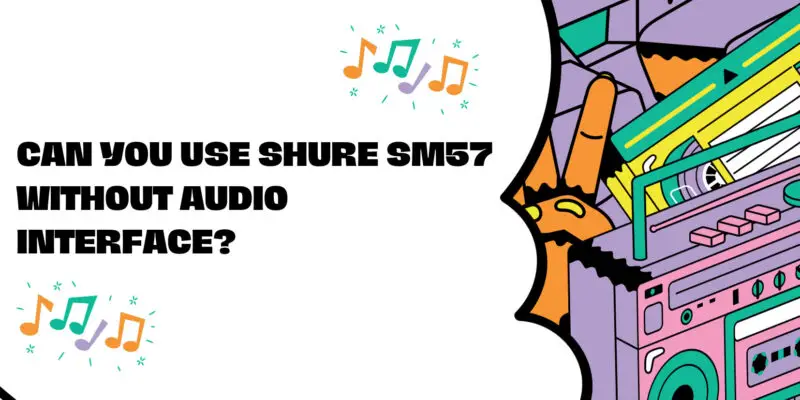The Shure SM57 is a versatile and iconic dynamic microphone known for its ability to capture a wide range of sound sources with precision and clarity. One common question that arises is whether you can use the Shure SM57 without an audio interface. In this article, we will explore the possibilities and limitations of using the SM57 in various setups without the need for a dedicated audio interface.
Understanding Audio Interfaces
Before diving into the specifics of using the Shure SM57 without an audio interface, it’s essential to understand the role of an audio interface. An audio interface is a device that connects to your computer and serves as a bridge between your microphone and your digital audio workstation (DAW). It converts analog audio signals from your microphone into digital data that your computer can process and record.
Using the SM57 Without an Audio Interface
- Direct to Mixer or PA System: One common way to use the SM57 without an audio interface is by connecting it directly to a mixing console or a PA (public address) system. Many professional-grade mixers and PA systems have microphone inputs that can accommodate dynamic microphones like the SM57. This setup is common in live sound applications, such as concerts and public speaking events.
- USB Microphone Adapters: If you want to connect the SM57 to a computer without an audio interface, you can use a USB microphone adapter. These adapters convert the analog signal from the microphone into a digital signal that can be recognized by your computer’s USB port. They essentially serve as a simplified external audio interface.
- Recording to Portable Recorders: Portable digital audio recorders often have microphone inputs that can accept dynamic microphones like the SM57. You can record directly to these devices without the need for a computer or audio interface. This is useful for field recording, interviews, or capturing live performances on the go.
Limitations and Considerations
While it is possible to use the SM57 without an audio interface in the ways mentioned above, there are some limitations and considerations to keep in mind:
- Limited Control: Without an audio interface, you have limited control over factors like preamp gain and digital audio quality settings. This may affect the overall sound quality and flexibility of your recordings.
- Monitoring: Monitoring your audio can be more challenging without an audio interface. Audio interfaces often provide headphone outputs for real-time monitoring, which can be essential for recording in a controlled environment.
- Latency: When using USB microphone adapters or connecting directly to a computer’s sound card, you may experience latency issues, which can be problematic for tasks that require real-time monitoring or recording with precise timing.
- Quality Considerations: For professional recording and high-quality audio production, using an audio interface is generally recommended. Audio interfaces offer better control over preamp gain, sample rates, and bit depths, which can result in superior sound quality.
Conclusion
While it is possible to use the Shure SM57 without an audio interface in certain scenarios, the limitations in control, monitoring, and audio quality may restrict its usability for professional recording and production tasks. If you’re serious about audio recording and want the best results, investing in a quality audio interface is typically the preferred choice. However, for live sound applications and simple recording needs, using the SM57 without an audio interface can be a practical solution.


